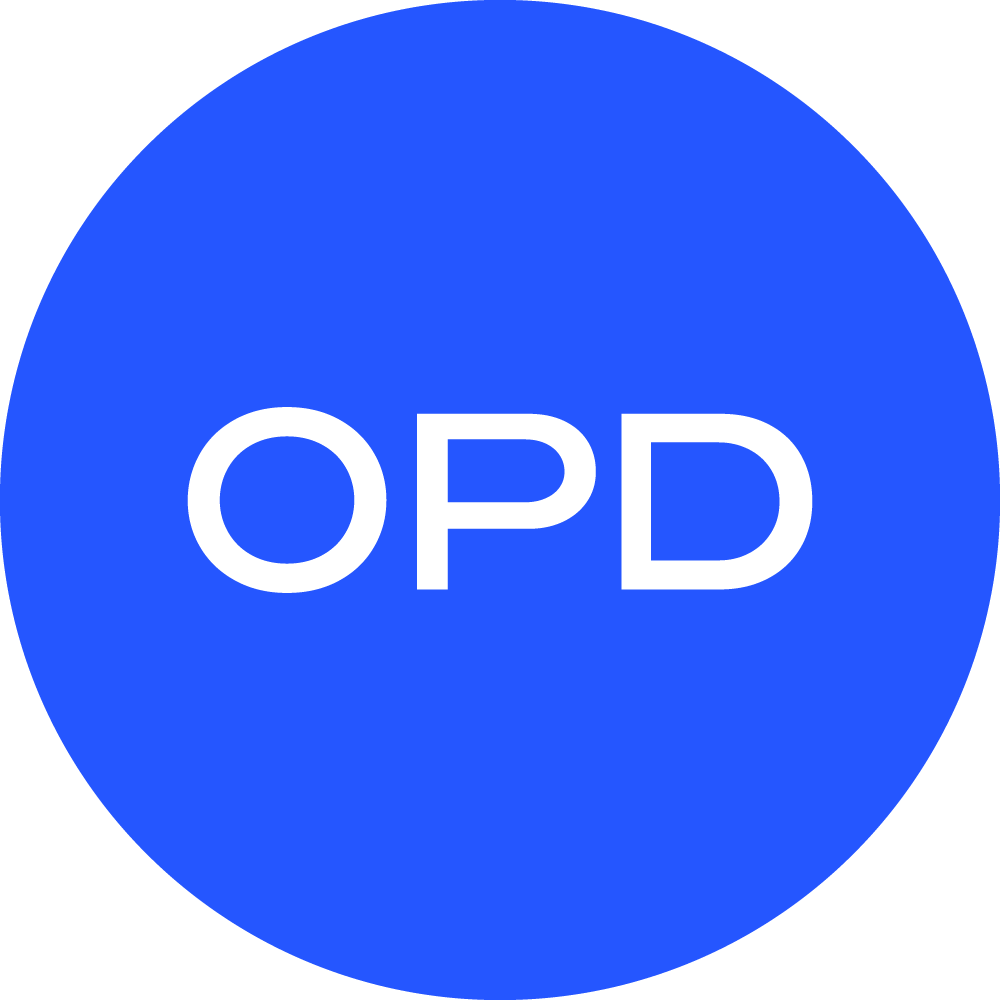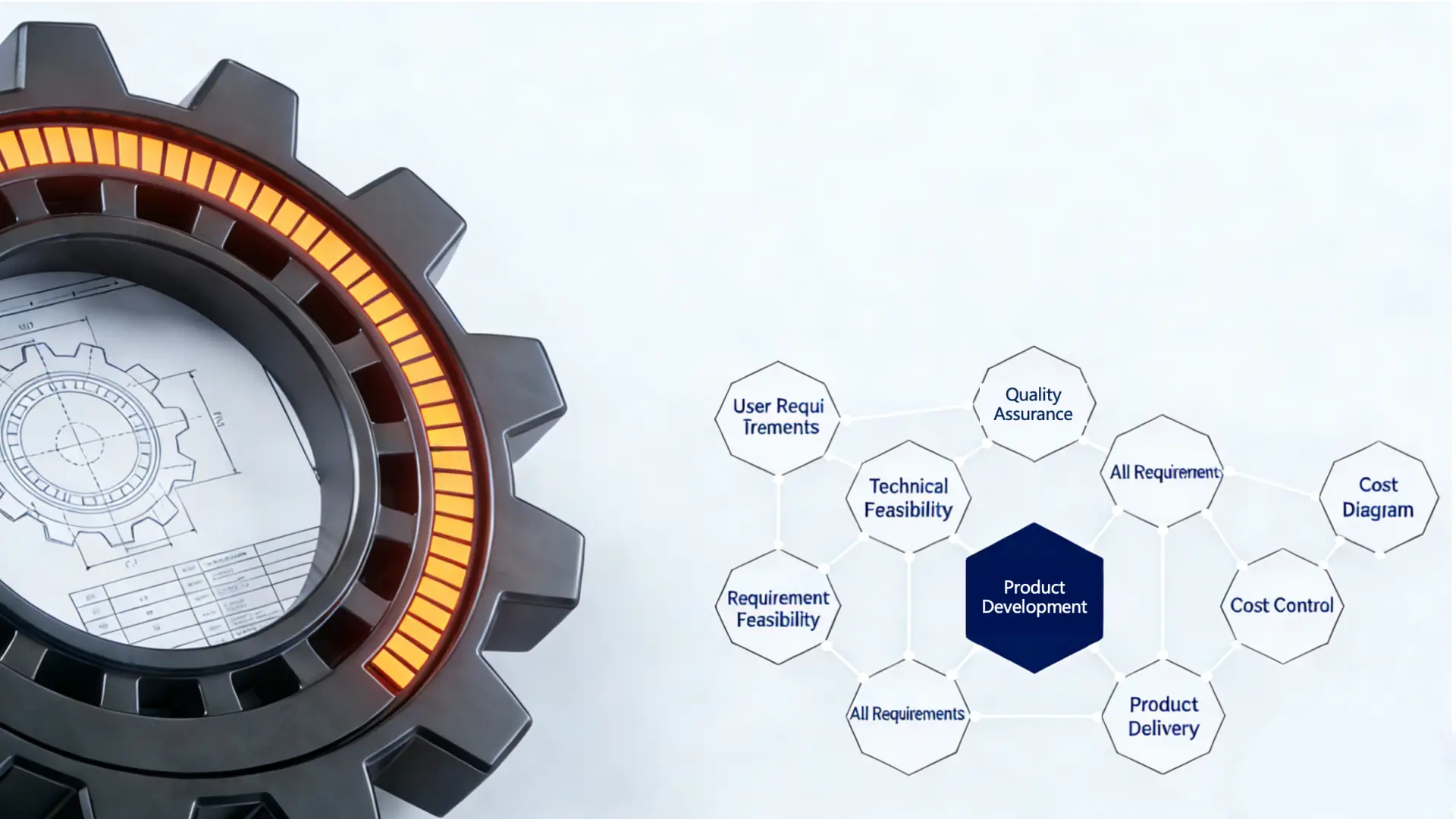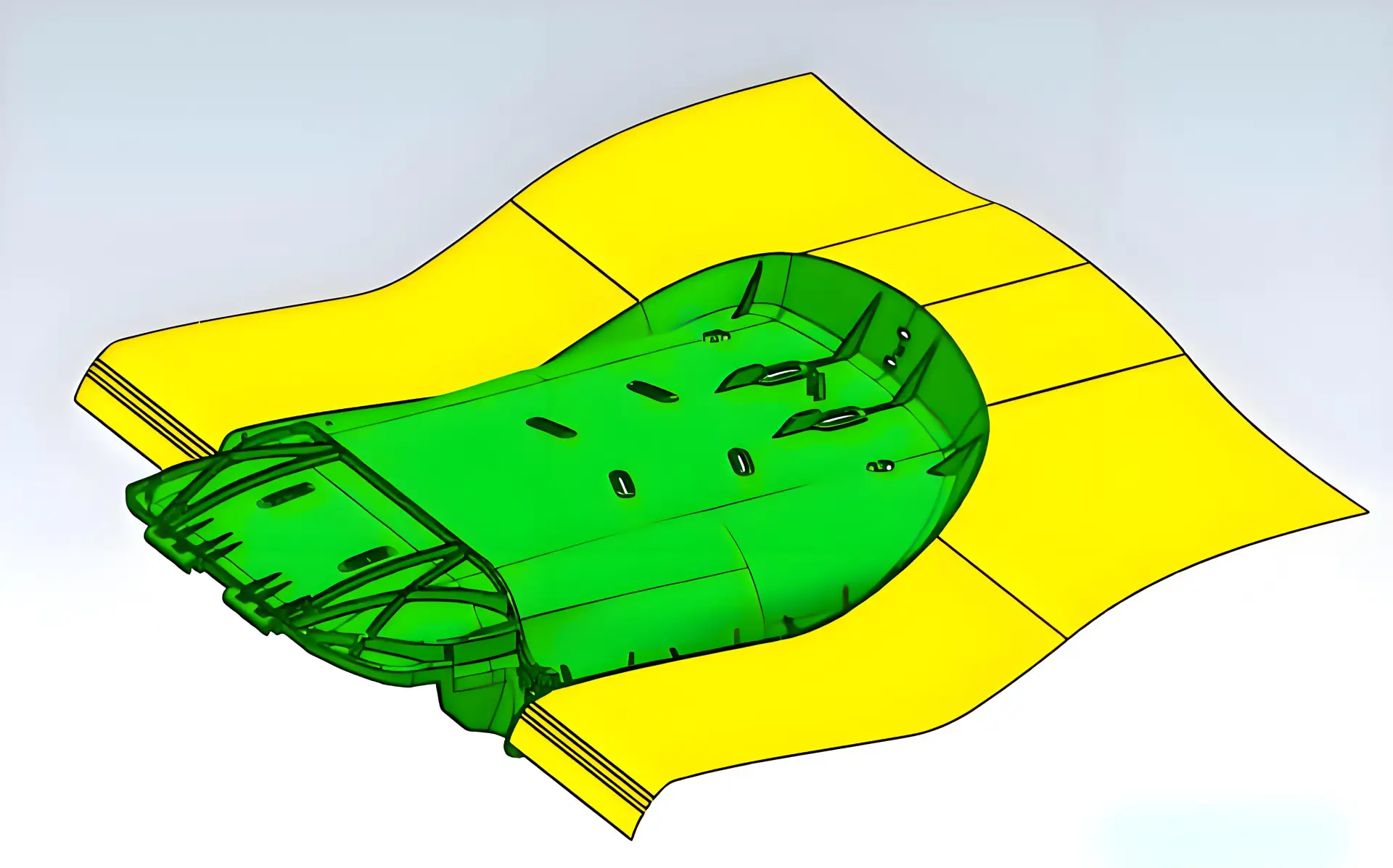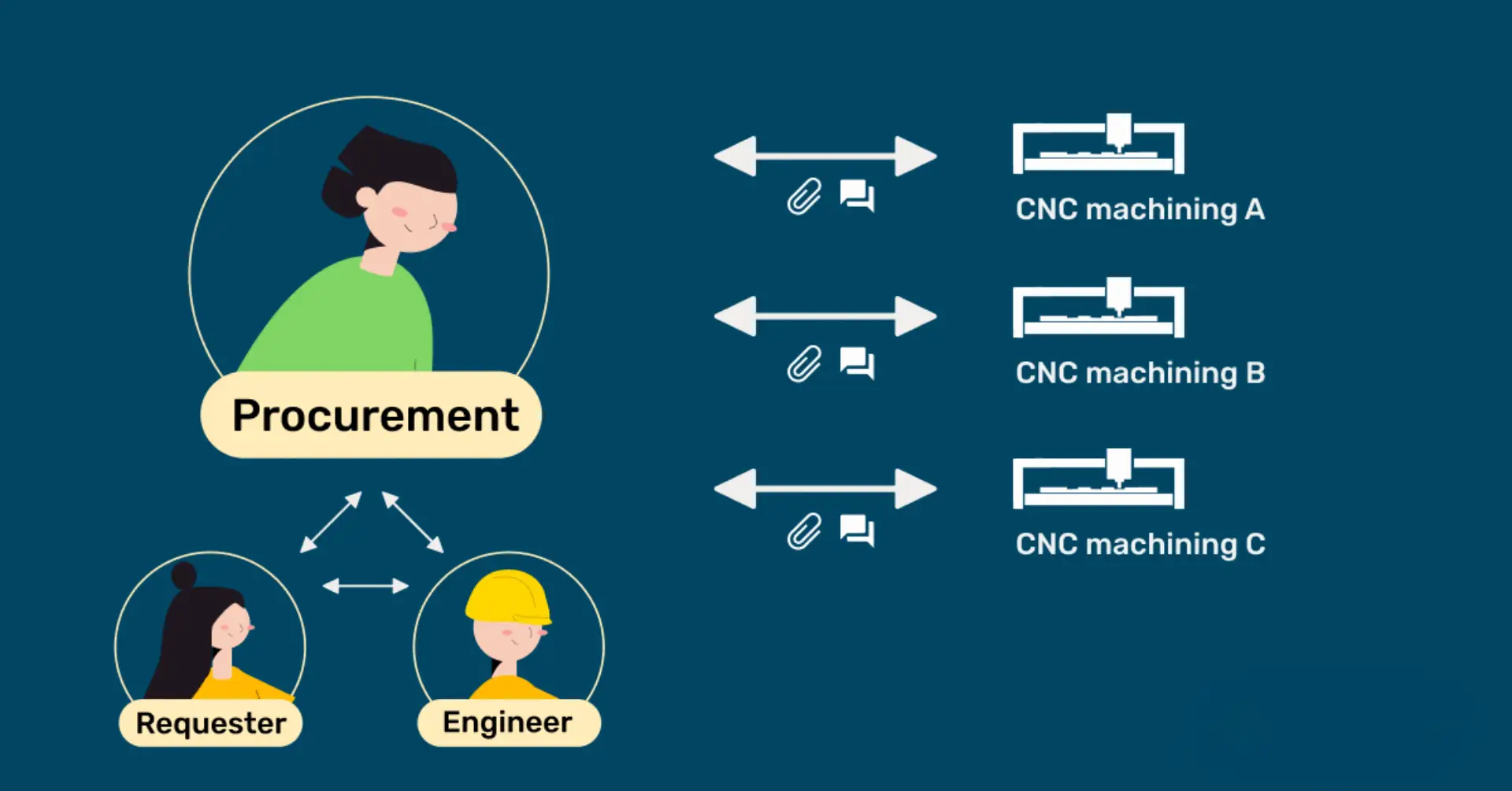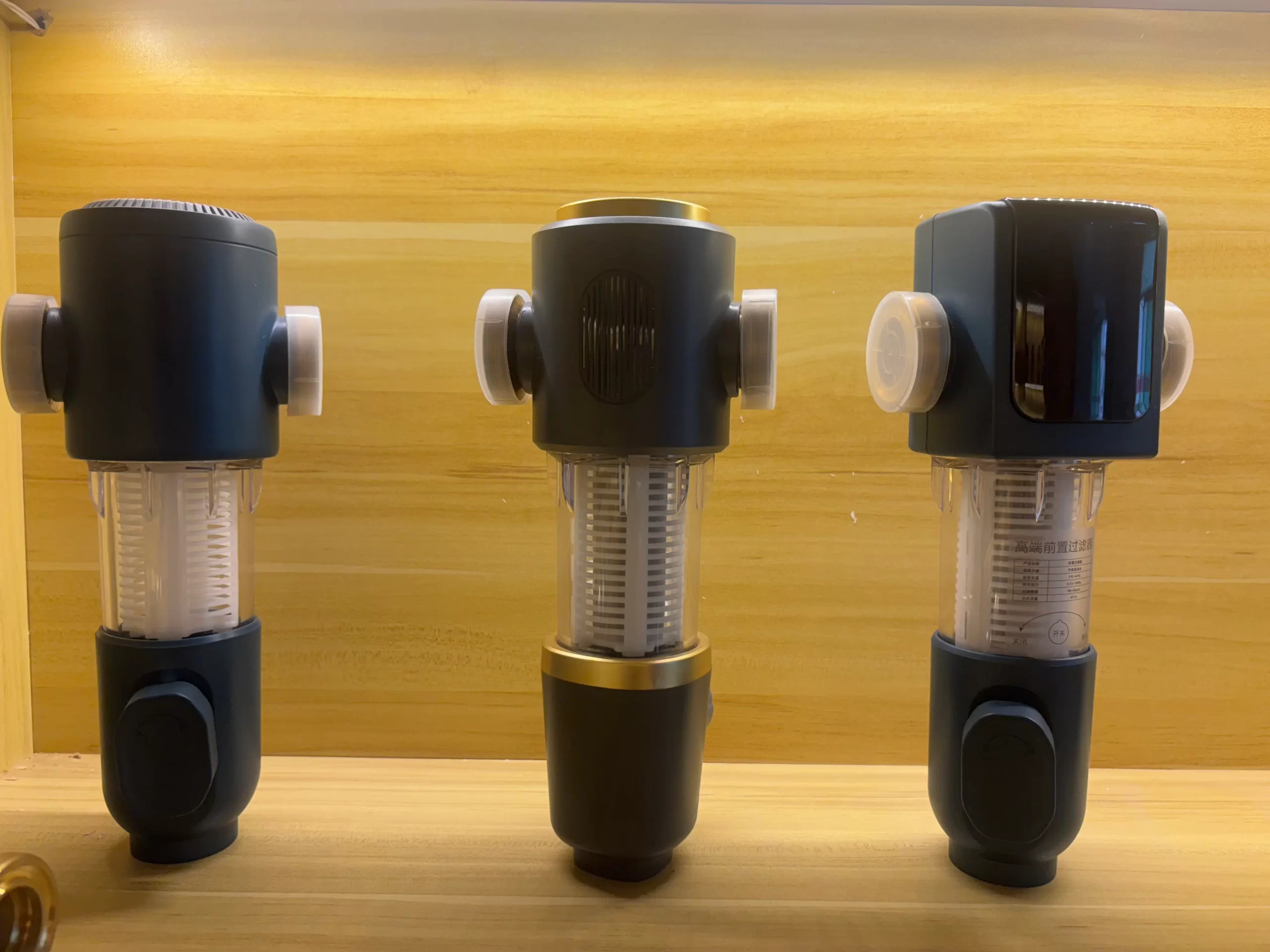Navigating the intricate landscape of electronics product development requires a solid understanding of specialized terminology that facilitates seamless communication among project managers, teams, suppliers, and partners. Below is a curated list of essential terms that enhances readability and comprehension for international audiences.
1. PRS/PRD/Specification
A detailed document outlining the functional, performance, design, and user experience requirements of a product, serving as the foundation for its development.
2. POC (Proof of Concept)
A demonstration of the feasibility of an idea, concept, or theory through simplified means.
3. ID (Industrial Design)
Focuses on the appearance, form, usability, human-computer interaction, and emotional aspects of a product.
4. CMF (Color, Material & Finishing)
Refers to the fundamental understanding of colors, materials, and finishing techniques used in product design.
5. MD (Mechanical Design)
Involves the structural and functional design of a product, encompassing physical construction, component assembly, material selection, and manufacturing processes.
6. PCB (Printed Circuit Board)
A substrate that supports electronic components and provides electrical connectivity.
7. PCBA (Printed Circuit Board Assembly)
The completed PCB after Surface Mount Technology (SMT) or Dual In-line Package (DIP) component placement.
8. EVT (Engineering Verification Test)
An early-stage test that verifies the design concept and basic functionality of a product.
9. DVT (Design Verification Test)
A more advanced test phase following EVT, ensuring the product design meets predetermined specifications.
10. PVT (Production Verification Test)
A test conducted close to the final product stage, ensuring the design is suitable for mass production.
11. DFM (Design for Manufacturing)
A design approach that optimizes a product’s manufacturability, reducing costs and improving efficiency.
12. DFA (Design for Assembly)
Designs products to simplify the assembly process, decreasing assembly time and costs.
13. DFT (Design for Test)
Ensures that products can be easily tested and troubleshot post-production.
14. DFC (Design for Cost)
Focuses on cost reduction through optimized product design, enhancing market competitiveness.
15. PP (Pilot Production)
A small-scale production phase where products are tested to evaluate manufacturing processes and resolve potential issues before mass production.
16. MP (Mass Production)
The stage where products are manufactured in large quantities after thorough testing and validation.
17. SCM (Supply Chain Management)
A strategic and scientific approach to managing the acquisition of raw materials, production, and product distribution.
18. SMT (Surface Mount Technology)
A widely used electronic component mounting technique in modern circuit board manufacturing.
19. BOM (Bill of Materials)
A comprehensive list of all components, assemblies, and raw materials required for product manufacturing, including quantities and specifications.
20. NPI (New Product Introduction)
The process of transitioning a designed product into its first manufacturing phase.
21. OEM (Original Equipment Manufacturer)
A company that manufactures products or components according to the specifications of another firm, often under the latter’s brand name.
22. ODM (Original Design Manufacturer)
A company that designs products that may be manufactured with or modified slightly for a different company’s brand.
Mastering these terms enables hardware product managers to communicate effectively throughout each stage of electronics product development, fostering seamless collaboration and ensuring the smooth progress of projects.
